By Alan Breck – The South African Racehorse – February 1976
Although up to the beginning of this decade (1970), none captured the imagination of the public to the lasting extent than did Sea Cottage; Colorado King, Tiger Fish and Hawaii, Mowgli, Mazarin, King’s Pact, and, to some extent, Riza were the principals in their eras.
Of this quartet Mowgli was possibly the best. His achievement of winning the Union Day (now the Greyville 1900) Handicap, the Durban July Handicap, Durban Merchants’ Handicap, Clairwood Winter Handicap and the Champion Stakes in successive appearances in 1952 is a feat which may remain unique as long as racing continues in South Africa.
Alan Breck wrote extensively on South African racing from 1945 to 1980 and penned a series on the great South African racers who ran in that period. This is part of that series which featured Mowgli, King’s Pact, Riza and Mazarin.
MOWGLI
Bred, raced and trained by A. R. and G. A. Ellis (pere en fils) Mowgli was by the imported July Handicap winner Kipling (Asterus) from Tixall Lock, and when he retired to stud as a five-year-old at the end of the 1952-53 season headed the list of stake winners with an aggregate of R61548. Today Mowgli does not figure among the first thirty in that same list, and it is further indicative of the changed monetary structure in racing that the last of Elevation’s three victories in the Holiday Inns at Turffontein was worth almost as much as Mowgli collected in the whole of his career.
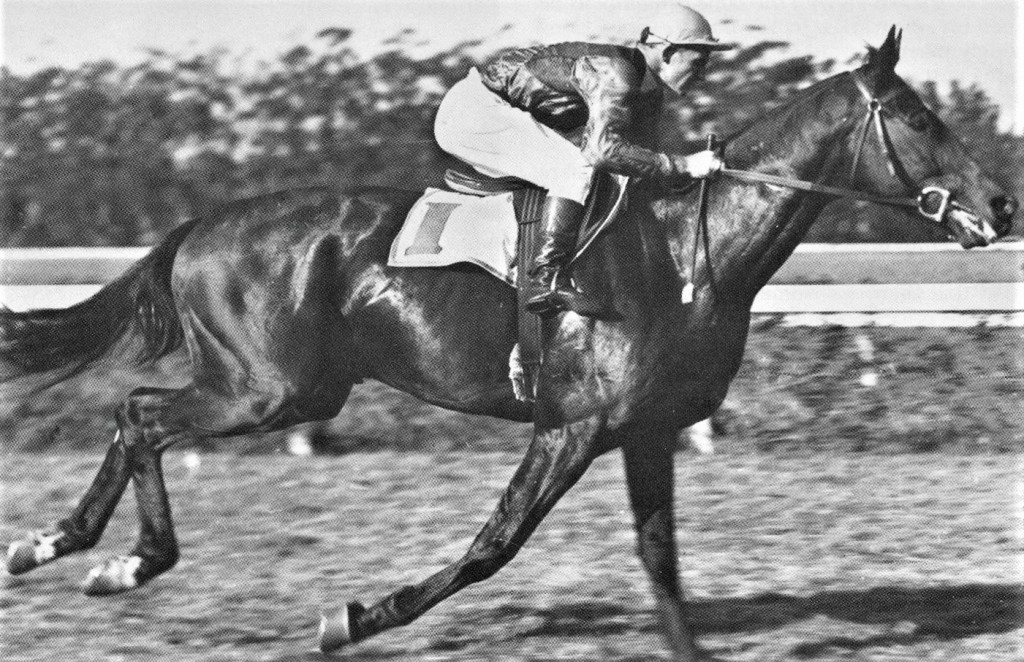
Suffering from respiratory troubles as a two-year-old he collapsed as though pole-axed during the running of one race at Greyville – Mowgli was operated on so successfully that he developed into the champion of his age. But, in effect, his career was virtually confined to one season i.e. that of 1952 when he was a four-year-old.
A handsome, well-developed individual, Mowgli won the Durban July Handicap in a photo-finish with Radlington and then, within the space of fourteen days, went on to annex the Durban Merchants’ and Clairwood Winter Handicaps in that order. He is the only horse to have won the “July” and “Merchants”‘ at any time – I’m not counting Bonnie Dundee who won the “July” when it was run over little more than a mile in 1906 – much less the same season.
In this Mowgli succeeded where other champions like Colorado King and Tiger Fish failed and, as previously remarked, his treble, of which the Clairwood Winter Handicap was the third leg, will probably stand for all time.
Nearly twenty years later the Ellis family bred another champion in Sentinel at their Hartford Stud in Natal. But of him more anon.
Present day racegoers need no introduction to recently retired Sentinel who, by virtue of his triumphs in Natal, the Eastern and Western Cape and the Transvaal has a far wider public than did Mowgli whose winning efforts were, in the main, confined to Natal.
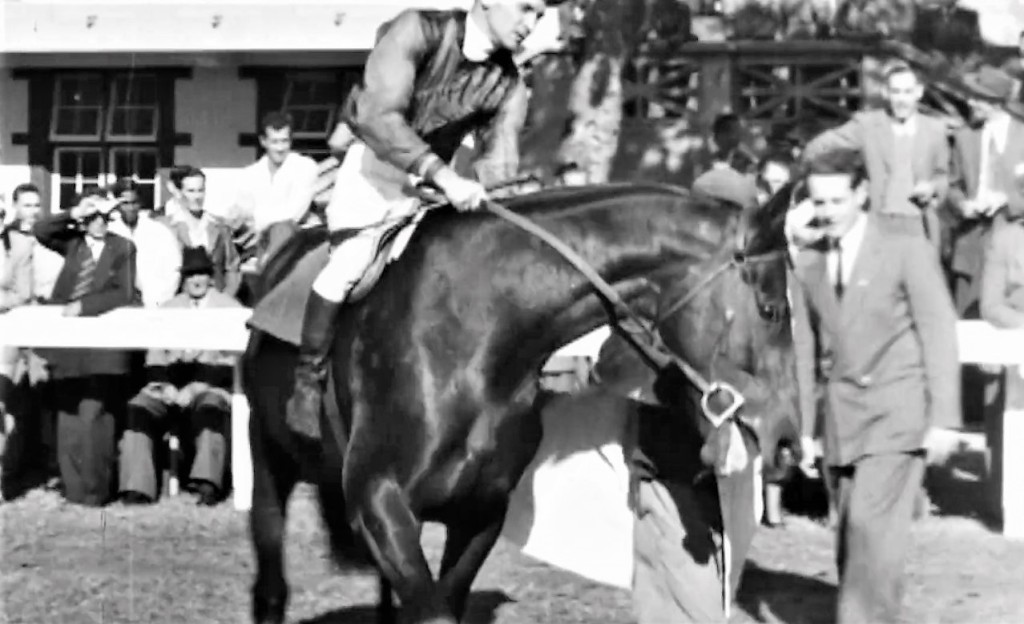
But, and with all due respects to Sentinel whose stake earnings more than treble those of Mowgli the latter, in my opinion, was the better racehorse. Mowgli was, by far, the more versatile performer scoring with equal facility over distances ranging from 1000 to 2000 metres, whereas Sentinel’s victories have been confined to distances of 1600 metres or less.
Sentinel excelled as a sprinter but, unpalatable though it may be to his thousands of admirers, Mowgli was far more versatile and the better all-rounder. Mowgli made a promising start to his career at stud, but was killed when he crashed into a paddock rail in his second season of retirement.
KING’S PACT
Not quite contemporary with Mowgli was King’s Pact, the only filly I consider worthy of inclusion in the top score racehorses bred in this country over the last 25 years.
Foaled in 1950 King’s Pact was by His Excellency Il (by Nearco) from the imported mare Magna Carta, by Windsor Lad, one of the four Derby winning sons of Blandford. She was bred by Mr. V. H. Russ and trained by ex-jockey Willie Murphy for his wife Agnes who raced the filly on lease terms.

As a two-year-old King’s Pact was easily the best of her age when winning seven of her nine races, culminating in the Clairwood Winter Handicap. She was the first of her age to win that important handicap but, oddly enough, her feat was duplicated the very next season when Sea Lord won for Mr. C. W. Hollidge and trainer Henry Eatwell.
Other victories gained by the Transvaal based King’s Pact in Natal that season included the Newbury Stakes (in which at weight-for-age she trounced Mowgli) but also the Stewards’ Cup Handicap in which she shouldered 9 st 9 lbs to an easy victory, and the Hollis Memorial at Clairwood.
Within days of celebrating her third official birthday, King’s Pact won the Chairman’s Plate (seven furlongs) and the Champion Stakes (2000m) at Greyville. The Champion Stakes she won by nine lengths from some select opposition in record time for the then “July” course.
As a juvenile King’s Pact, a big slashing bay and rather long in the back, was sensational in the contemptible manner with which she treated her elders on the racetrack. Her performances were fantastic in the ease of their achievement and never before, nor since, has a two-year-old attempted, much less accomplished, what King’s Pact did in that 1952-53 season.
She was not molly-coddled by her trainer – on the contrary I cannot think of any of today’s practitioners who would ask a two-year-old filly to shoulder nearly 10st (63kg) in a hotly contested open sprint handicap such as the Stewards’ Cup, and such programming was not conducive to her physical development. Furthermore, it was an open invitation to the handicappers, who were far less lenient then than they are now to good horses, to lay it on.
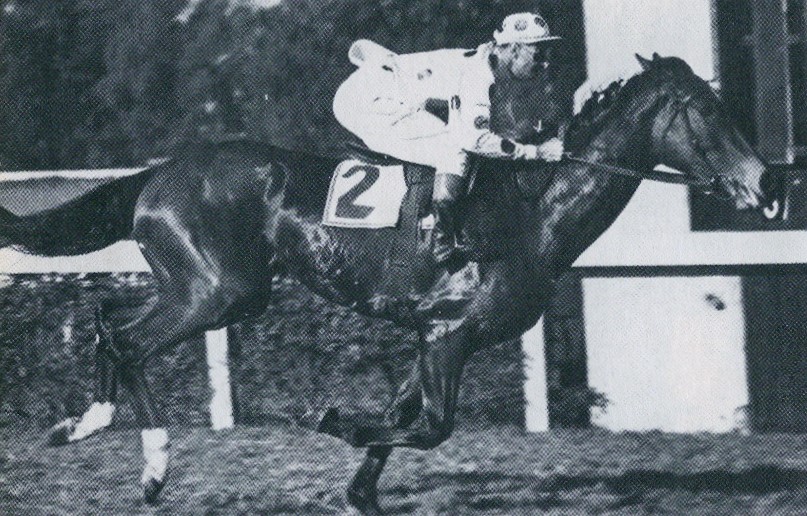
Consequently, although King’s Pact continued to be pre-eminent when pitted against those of her own age she failed as a three-year-old in major handicaps for which, despite her heavy imposts, such was her public following she started favourite on each occasion. In those days weight-for-age events were practically non-existent in the Transvaal, and although King’s Pact battled on she never recovered the brilliance she had displayed in her first two seasons-of racing.
Retired to stud she was only moderately successful as a broodmare and foaled nothing comparable to herself in ability on the racecourse.
RIZA
I am not quite certain in my own mind whether or not Riza qualifies for a place in our top twenty. He came on the scene shortly after the departure of King’s Pact and, after winning eight of his sixteen races as a three- year-old graduated rapidly to the top of the sprint handicaps.
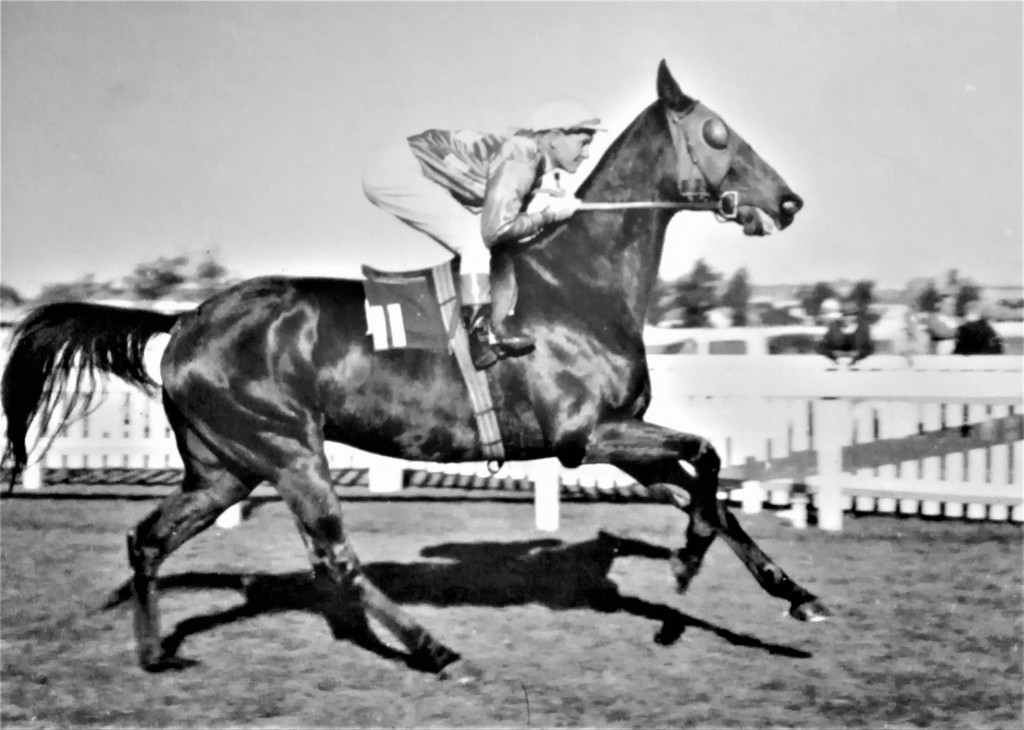
The racing public, anxious to find a successor to King’s Pact on which to lavish their adulation “adopted” Riza who could always be depended to give them a good run for their money. Even more so than King’s Pact, in that he had stamina limitations, Riza was punished by the lack of weight-for-age sprints and the Corinthian weights he was called upon to shoulder in handicaps.
Forced to travel in order to find the best opportunities Riza became well-known on most racecourses in the Republic and even as far afield as Zimbabwe. He was responsible for some sparkling displays which endeared him to his wide public but, as a gelding, lingered a little too long on the stage to the detriment of his reputation in his declining years.
His popularity with the public was possibly greater than his ability, notable though the latter was within his limitations as to distance. Even so he had R69171 to his credit in stakes when he finally retired to a riding school in Johannesburg.
MAZARIN
I suppose that a horse who has earned R128097 in stakes, and for a brief period in 1973 headed the list of S.A. stake winners, is entitled to a certain amount of respect, if not veneration.
I am referring to Mazarin who, as a two and three-year-old practically swept the board of the races he contested in Natal and in the Cape. So much so that the Press went a little overboard in their adulation with appellations such as “Mighty” Mazarin and favourable comparisons with such as Sea Cottage, Colorado King and Home Guard.
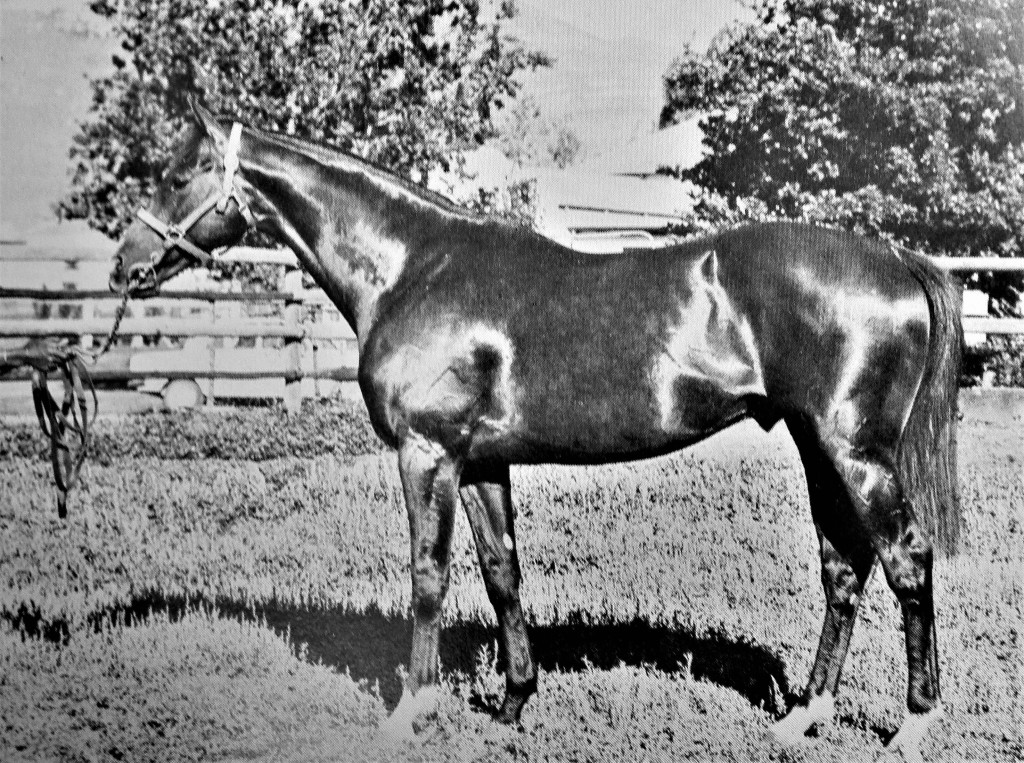
At the time when Mazarin won the Rothmans July Handicap of 1971, and followed this up with an equally facile victory in the Champion Stakes at Greyville it appeared that this fulsome praise had some basis. But, in retrospect, and on examination of the merits of most of the horses which opposed Mazarin in his way to fame, it becomes increasingly apparent that his lines were cast in relatively easy waters.
In the Rothmans July Handicap for example he beat the rather moderate Home Truth, the infirm Coast Guard, and his own stable-companion Applause. In the same race Home Guard, then on the eve of retirement to stud, was set to concede 9 kg to Mazarin.
After that “July”, which he won as a three-year-old, Mazarin contested another thirteen races of which he succeeded in winning only four. Thus, he was at his best as a two and three-year-old, and his prowess declined progressively through his four and five-year-old days. It is for that reason principally that Mazarin cannot be rated in the same class as Sea Cottage, Hawaii or Colorado King, a trio who not only maintained their juvenile form but proceeded to improve on it as they grew older.
By private arrangement with his owners, Mr. and Mrs. Eric Tenderini who, incidentally, had bought Mazarin as a yearling for R22500, Birch Bros, included Mazarin among their stallions standing at their Vogelvlei Stud for the 1973-74 season. He is by Preamble Il from Nun’s Story, by Dramatic Il out of Sister Sublime (by Dante) the splendid broodmare who traces in female line to peerless Pretty Polly and it will be interesting to see how he shapes at stud in competition with Sea Cottage.
——-oooOooo——-
Has anyone ever herd of an Irish Jockey called Charles Mannion who raced in South Africa 1950-1960. Please reply fergalbent@gmail.com
LikeLike